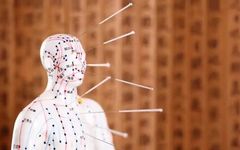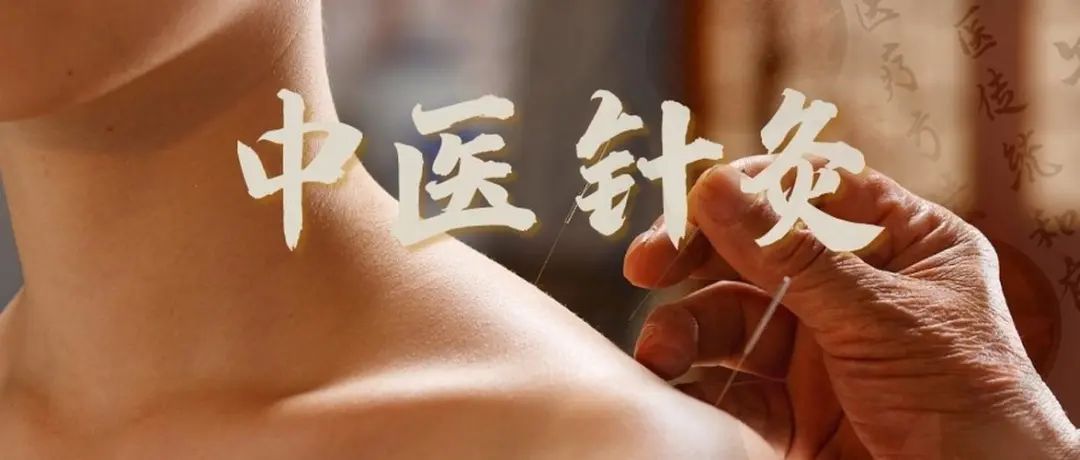
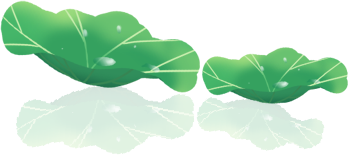

The Origin of Acupuncture

It is said that acupuncture originated during the era of the Three Sovereigns and Five Emperors, with Fuxi credited for its invention. He “tasted a hundred herbs and created nine needles” (as recorded by the Eastern Han physician Huangfu Mi in the “Chronicles of the Emperors”). Ancient texts such as the “Classic of Mountains and Seas” and the “Inner Canon” mention the use of “stone needles” to pierce abscesses, and the saying from the “Yuzi”: “For a seven-year illness, seek three years of moxa”. Recent archaeological findings across China support that the origins of “acupuncture therapy” date back to the Stone Age. At that time, when people experienced certain pains or discomforts, they unconsciously massaged or pounded the affected areas, even using sharp stone tools to press on painful spots, alleviating or eliminating the original symptoms. The earliest acupuncture tools, such as the Bian stone, evolved into bronze, iron, gold, and silver needles, leading to the stainless steel needles used today.
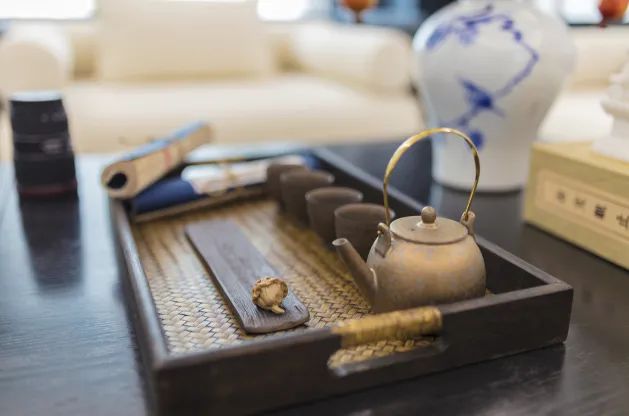
What is Acupuncture?
Acupuncture is a method that uses needles and moxibustion to stimulate specific acupuncture points on the body, activating the body’s potential to resist diseases, enhancing immune function, and promoting self-repair capabilities, thereby achieving the goals of disease treatment and health maintenance.It is a treatment method that works “from the outside to the inside”.Acupuncture is widely used to treat various painful conditions, such as headaches, neck, shoulder, waist, and leg pain, as well as neurological disorders including insomnia, dizziness, and tinnitus, along with other conditions like digestive and gynecological diseases.
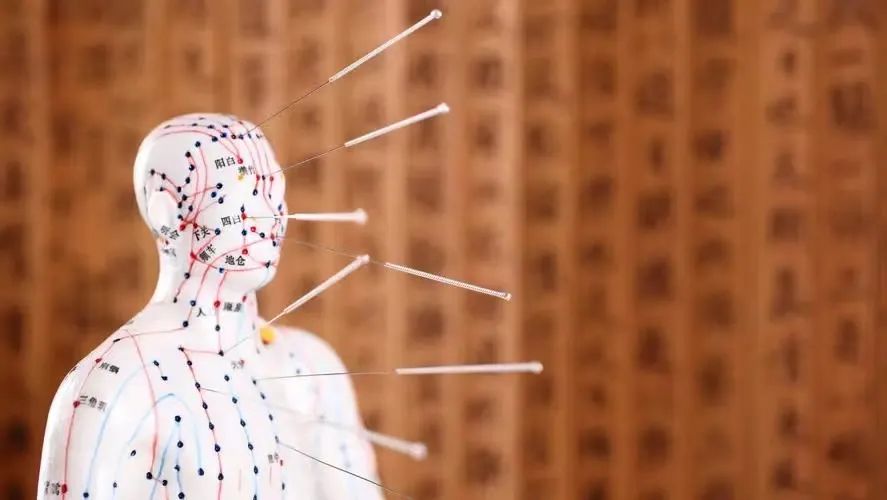
The Effects and Functions of Acupuncture

Unblocking Meridians

Acupuncture can make the blocked meridians in our body become unobstructed. In TCM theory, meridians primarily function to circulate blood and qi (vital energy). If the meridians are blocked, the circulation of blood and qi in the body will be hindered, manifesting as symptoms like joint pain and numbness in the limbs. After appropriate acupuncture treatment, the meridians can become unobstructed, allowing blood and qi to flow normally, gradually restoring the body to health.

Balancing Yin and Yang

The role of acupuncture in balancing yin and yang is to transform the body from a state of imbalance to a balanced state, which is the ultimate goal of acupuncture treatment. The mechanisms of disease occurrence are complex, but can generally be summarized as an imbalance of yin and yang. The balancing of yin and yang through acupuncture is achieved by the properties of the meridians, the compatibility of acupuncture points, and the techniques of needling.

Supporting the Right and Expelling the Evil

Within the human body, there are two energies: yin and yang, with yang representing the righteous energy and yin representing the evil energy. When a person’s yin energy is excessive, it manifests as a pathological state. The role of acupuncture in the body is to help the yang energy combat the yin energy, aiming to reduce yin and increase yang. Achieving a balance of yin and yang allows the body to gradually exhibit a trend towards health, enabling recovery from disease.
Precautions for Acupuncture

Use with Caution for Those Who Are Extremely Hungry or Fatigued

Patients should undergo acupuncture after resting and eating; otherwise, they may easily experience needle fainting. Symptoms of needle fainting include sudden fatigue, dizziness, palpitations, shortness of breath, nausea, pale complexion, and cold sweat. If any of these occur, patients should promptly inform the physician for management. Generally, patients recover to normal after resting in a supine position.

Stay Relaxed and Avoid Tension

The sensation of pain during needling primarily occurs when the needle penetrates the skin. Acupuncture practitioners can reduce most of the pain to a tolerable level. First-time patients should not be nervous and should try to relax to facilitate the needling process. After the needle penetrates the skin, patients generally feel sensations such as soreness, numbness, distension, heaviness, or warmth, coolness, itching, twitching, or a tingling sensation. Some acupuncture points may occasionally produce varying degrees of an electric shock sensation or other needle sensations that are normal responses, referred to in TCM as “obtaining qi”.

Maintain a Comfortable Position and Communicate Timely

Patients should adopt a comfortable and natural position during needling; otherwise, they may become fatigued during the retention of needles. During needle retention, limbs should not move to avoid adverse outcomes such as needle breakage or misplacement. Some patients may experience discomfort at the acupuncture point after needling, which generally subsides within a few hours.
If pain is felt after the needle penetrates the skin, it may indicate that the needle tip has hit a blood vessel; please inform the physician promptly to adjust the needling direction and avoid the vessel. Occasionally, needling may cause minor bleeding if a small blood vessel is punctured, which is generally harmless to the body except in areas where aesthetics are affected. If a small hematoma appears at the needle site, apply pressure for more than three minutes; small bruises generally do not require treatment and will gradually resolve.
Source: Rehabilitation Acupuncture (Physiotherapy) Area
Editor: External Publicity Office
Upholding Virtue and Excellence, Inheriting and Innovating
Integrity and Dedication, Benevolence and Harmony

